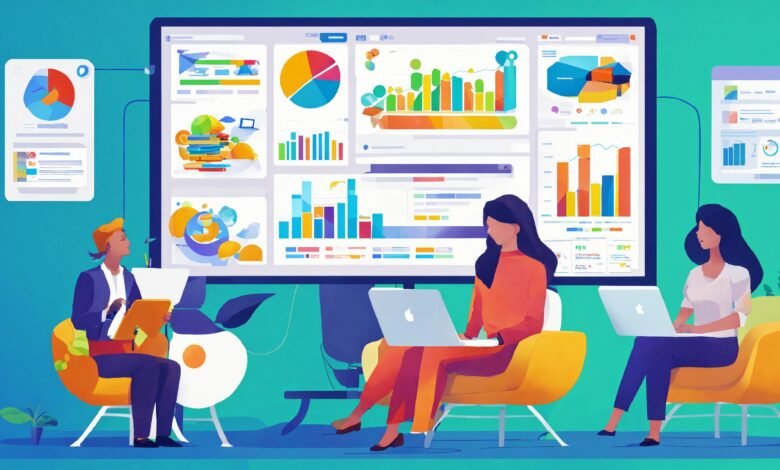Planning to Use a Performance Management System? Find Out Everything Here!

A performance management software program happens to be a continual systematic process through which a company’s human resources arm engages employees in increasing the company’s success by attaining the organization’s stated vision, purpose, and objectives.
Key human resource tasks such as regular communication, staff training for increased performance, recognition of good work, goal-setting, ongoing progress evaluation, and real-time feedback are all included in performance management.
What Makes a Performance Management System Effective?
The following are the components of a successful performance management system:
- The cycle of performance management is ongoing rather than yearly.
- The buy-in of senior leadership, executives, and upper-level management to performance management has been achieved.
- Ensuring that verbal performance exchanges along with assessments are meaningful rather than routine
- Ensure that your supervisors are both willing and competent of providing daily performance management that is focused on results.
- Using a user-friendly performance management system that allows you to see what’s going on with your performance management.
Read also: Enhancing Security With Online Watchlist Screening
Components of Performance Management System
Setting objectives
Giving staff attainable goals motivates them to strive for higher performance, which boosts the company’s total productivity. Because individual objectives should be matched with departmental goals, which are a subset of corporate goals, this is the case.
Development
You should encourage active learning aggressively as an inherent aspect of a performance management system. It should be ongoing. The result will be employees reaching their full potential.
Collaboration and communication:
An effective performance management system supports the creation of a culture of open, continual communication regarding the team, the tasks allocated, and the obstacles faced. Constant communication stimulates your team, ensuring everyone is on the same page, and puts you in the driver’s seat.
Planning
The employee’s qualities and level of knowledge should be developed in order for him or her to accomplish objectives. These goals are part of the organization’s overall strategy.
Performance Reviews
Regular short-term ‘check-ins’ to evaluate how well an employee is performing on duties or assignments assigned to him or her are called performance assessments. When deviations are recognized, the system allows for mid-course adjustment.
Performance Evaluations
These assessments, which may be done yearly or regularly, allow employees to assess their own performance before being evaluated by their bosses. The adoption of 360-degree review in recent years has tremendously accelerated the efficiency and increased team efficiency.
Recognition for Excellent Performance
The identification and reward of outstanding achievers is an important part of a performance appraisal system. This fosters a fair playing environment and a level playing field inside the company.
Feedback
It is the main component that allows you to identify human weaknesses, areas for improvement, and tactics for achieving them. Employees who have been exposed to this technique have a higher chance of being productive than those who have not.
Benefits of Performance Management System
Increased Consistency: This system is built around a set of carefully chosen parameters that are tailored to the company’s stated goals. This approach is equally relevant for departments, resulting in a consistent set of employee expectations that must be satisfied.
Saving Time:
The procedural and staged procedure generates feedback that might lead to a mid-course adjustment. This saves both the firm and management time that would otherwise be lost due to errors that are only detected later.
High-level Performers:
It’s a flexible method for objectively identifying excellent potential and assessing training needs over time.
Employee Motivation Boost:
It’s a way to congratulate employees on their accomplishments.
Training Effectiveness:
The amount of development in organizational employees may simply determine the efficacy of a training program.
Employee Retention:
It is a critical statistic in a performance management system, as it looks at employee satisfaction and fulfillment, which leads to retention.
Full Performance Reviews:
This provides an overall image of the genuine state of affairs on the ground in terms of employee interpersonal interactions, which is frequently highly accurate.
Fairness in Performance Evaluations:
Because several elements are considered, the objective and systematic method in which an evaluation document is written serves to provide a fair playing field for all employees.In all, the introduction of human resource software has tremendously aided in the automation of the process. This, coupled with HRM software, can greatly benefit an organization. However, you must select the best software out there if you want to obtain the maximum benefits. For example, you can rely on Netchex, as it not only helps to manage payroll but can help with other managerial tasks as well.







